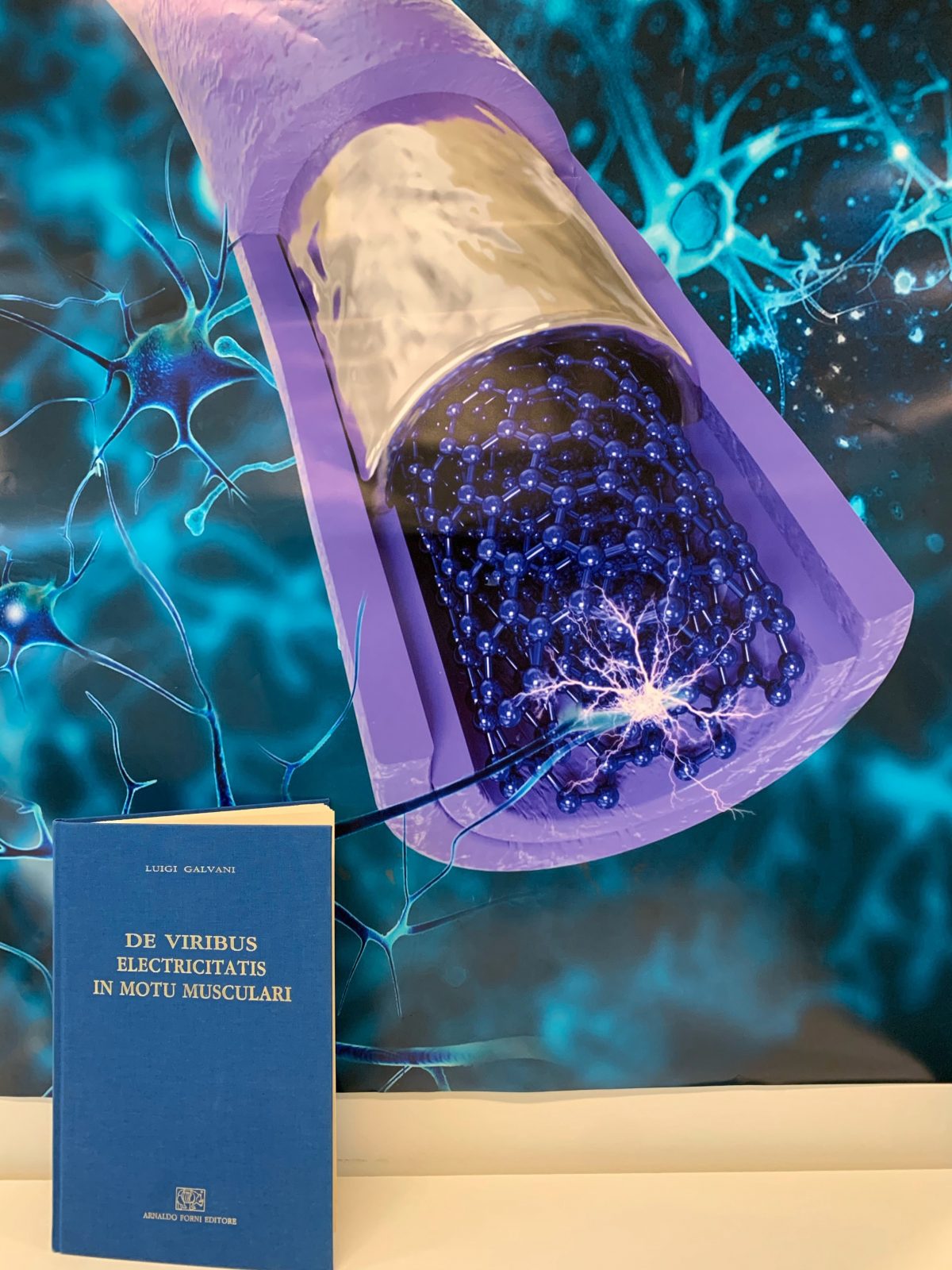News
3D printing bone tissue
Jun 28 2022
We have recently been involved with an exciting collaborative project led by our colleague Prof Mario Romero-Ortega at the University of Houston. Some thoughts below from Mario and I.

Traditionally we have thought of electrodes as those bulky metallic structures we find in car batteries. However, small size electrodes are been used in a number of biological and medical studies, where they are used to record or modulate the activity of nerve cells for clinical use. These microelectrodes are commonly fabricated with metal electrodes, which are not flexible and cannot be wrapped around nerves traveling along blood vessels, as is the case for those that control organs such as the spleen.
The discovery of materials based on carbon that have high electrical conductivity changed all that, and have been used to fabricate softer, more flexible structures that are highly compatible with biological systems. Just over a year ago we introduced the Sutrode to the world. This graphene based electrode was created using the age old fabrication technique – fibre wet spinning.
We knew then these fibre electrodes were special. Combining the properties of a suture (in that they can be tied in knots) and an electrode (High electrical conductivity) the Sutrode presented some exciting opportunities. What we did not appreciate then, is just how intimately these Sutrodes could be integrated with delicate neural systems to monitor neural activity.
Work appearing in the Nature Journal of Communications Biology reveals the ability to interrogate simultaneously the four individual neural inputs into the spleen. This has enabled our team to discover for the first time that each of these inputs is different. This has widespread implications for regulating the function of the spleen in particular efficient regulation of the immune response for electroceutical treatment of diseases including rheumatoid arthritis, colitis and sepsis.
This project was only possible through integration of skills in materials science and engineering with biology and surgical expertise. The project is a culmination of many years of collaborations.
Impact on Electroceuticals. The prospect of using of electrical stimulation to overcome biological defects has been with us from the famous frogs legs experiments conducted in Bologna by Galvani over 200 years ago.
The field gained some impetus in 2013 with the publication of an article in the journal Nature GSK researcher Kris Famm and others. Subsequent studies funded by GSK were encouraging and also identified the limitations of existing communication tools for use in electroceuticals. Our newly published work highlights the ongoing need to develop systems with increased fidelity and spatial resolution.
This new technical and biological achievement will not only bring practical applications to the fore but will enable a hitherto unattainable exploration of the human neural system.
I can not help but wonder what Luigi and Lucia Galvani might think of our privileged position today given the rudimentary experimental tools available to them over 200 years ago when they carried out the famous frogs legs experiments to demonstrate the interaction of nerves and electricity.
This article was originally posted on LinkedIn by Prof Gordon Wallace













